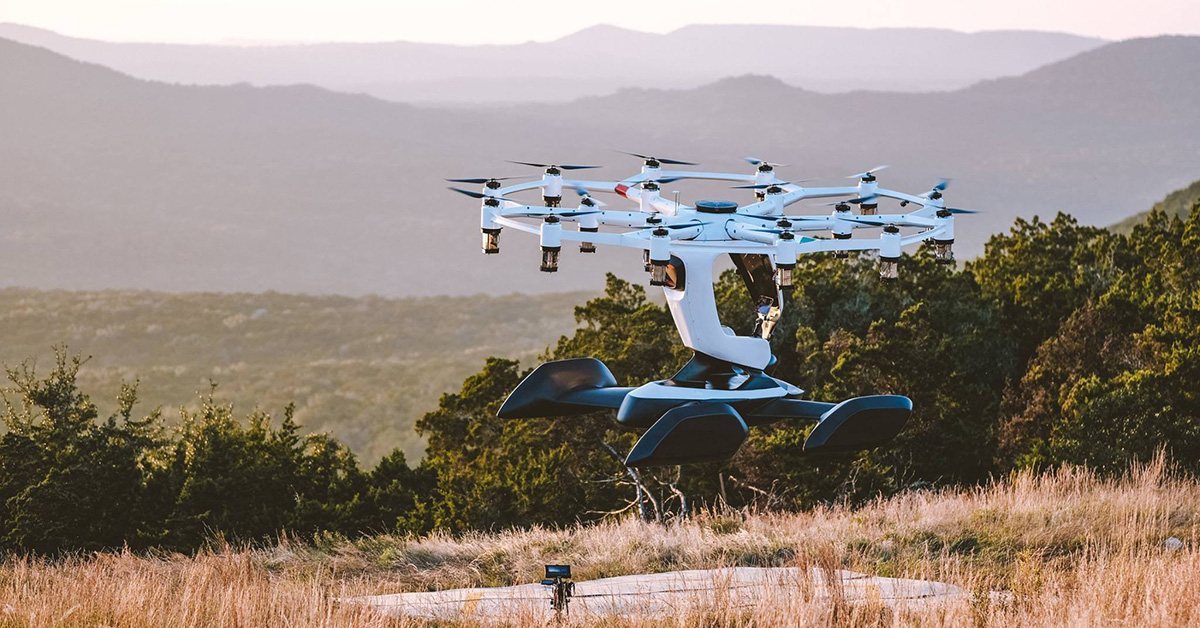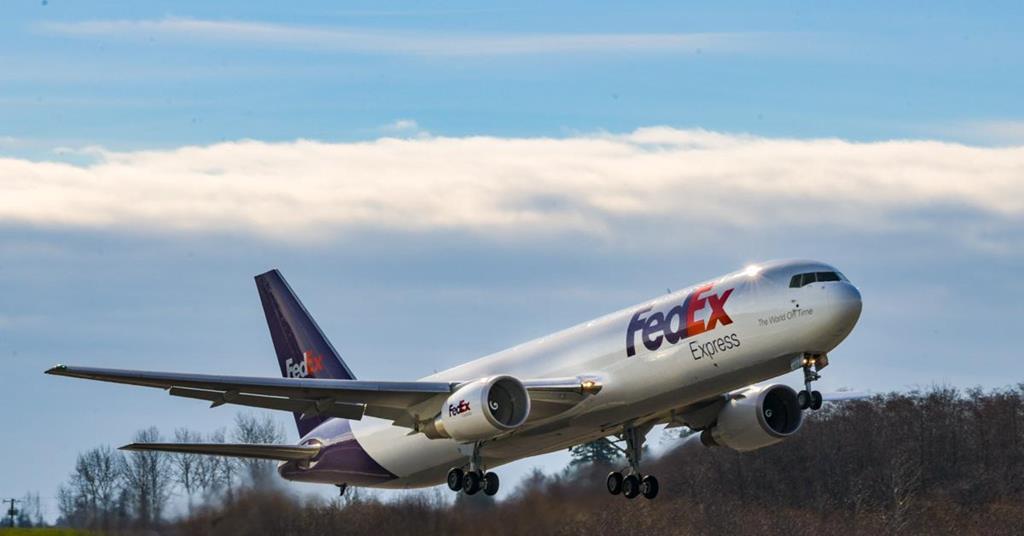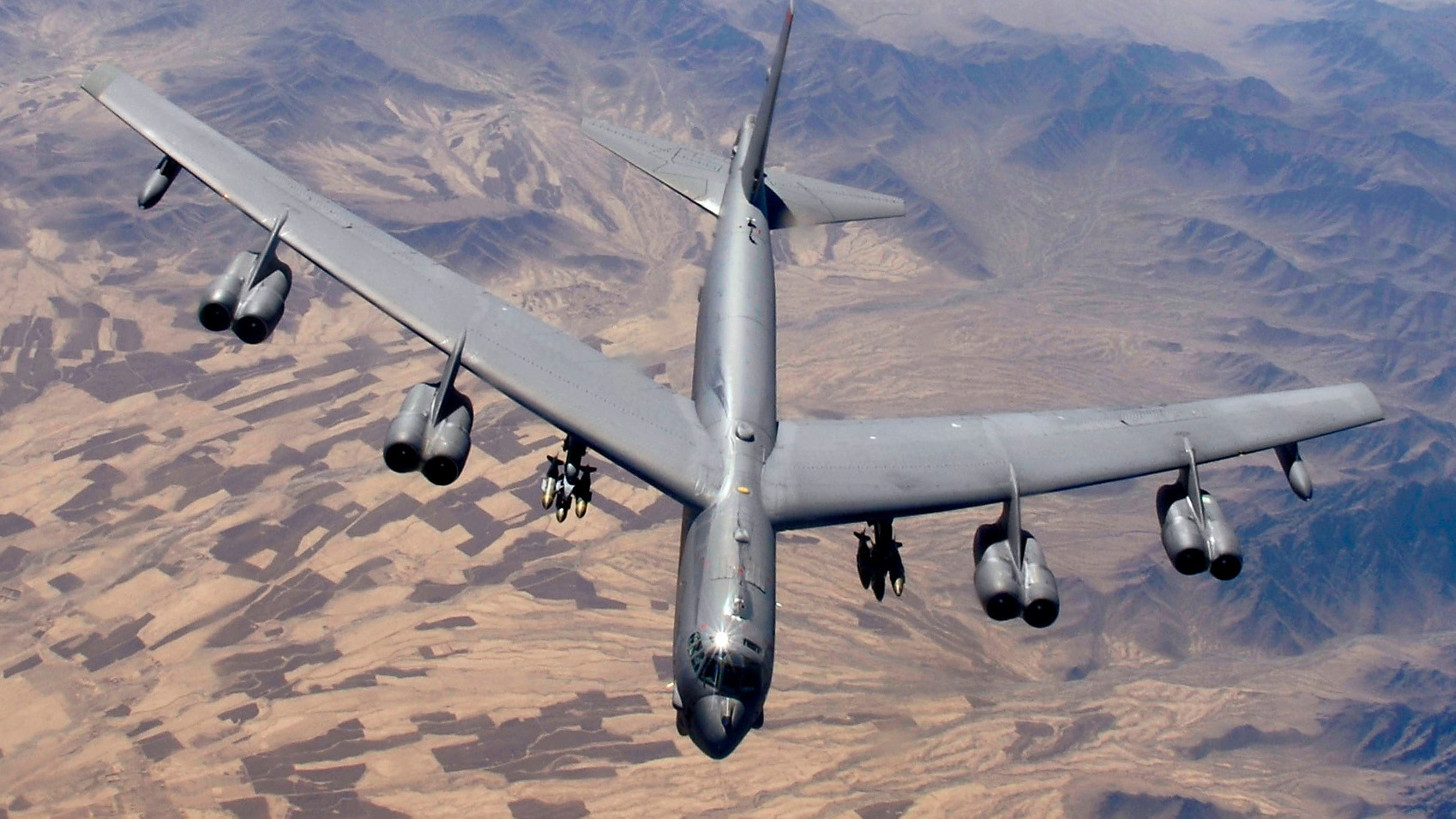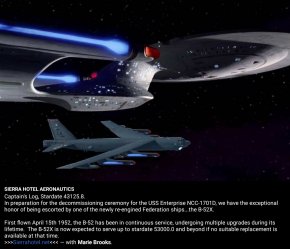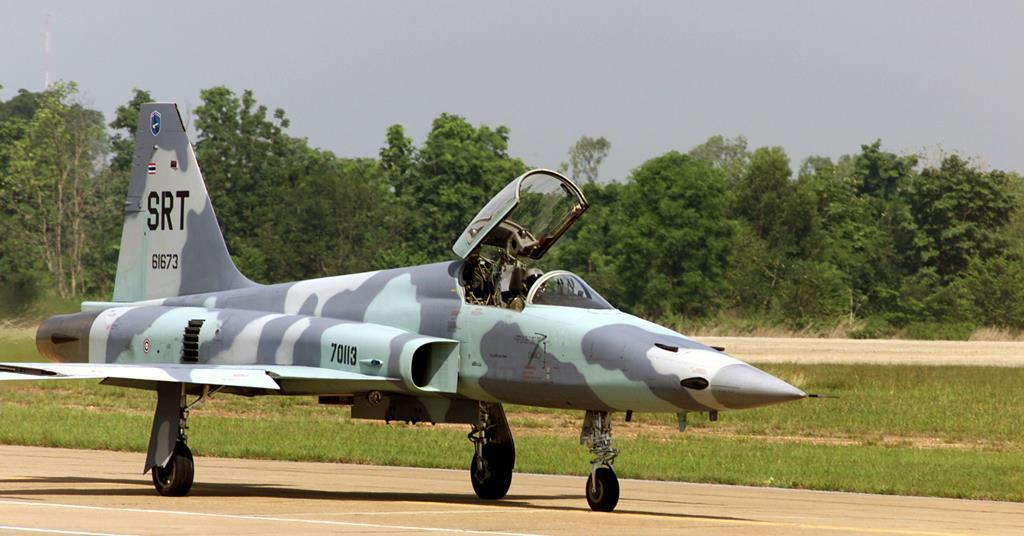Sandhi Yudha
Well-Known Member
LIFT Aircraft Hexa is an amphibious 18-rotor electric vertical takeoff and landing (eVTOL) aircraft for one person.
It looks very practical, if its powerful enough to carry one fully equipped soldier. Sadly the technical specifications are not available yet.
 www.janes.com
www.janes.com
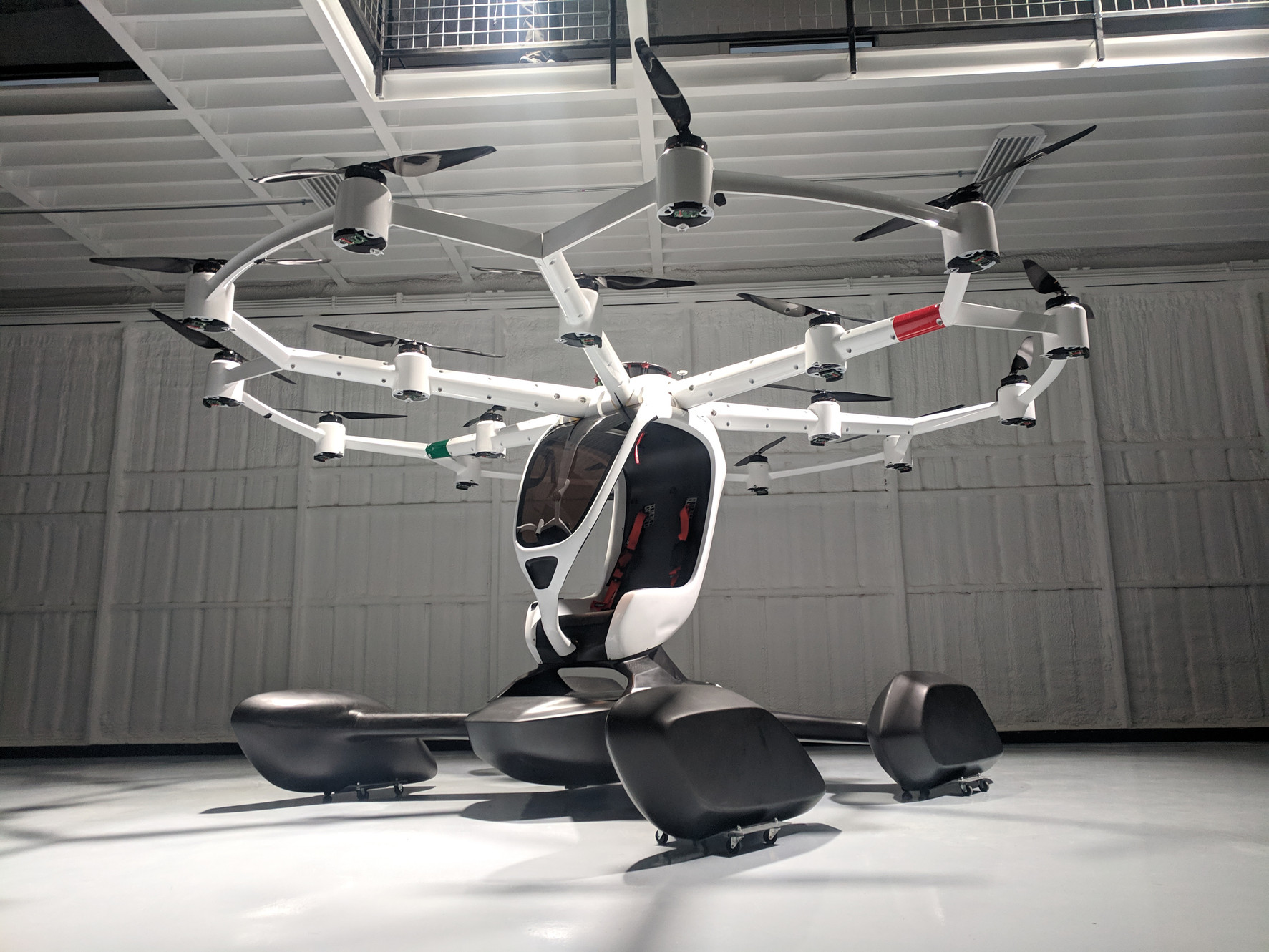
 www.liftaircraft.com
www.liftaircraft.com
It looks very practical, if its powerful enough to carry one fully equipped soldier. Sadly the technical specifications are not available yet.
US Air Force pilots could fly Agility Prime aircraft in 2021
US Air Force (USAF) pilots could fly as early as April or May the electric vertical take-off and landing (eVTOL) aircraft that are being offered for the service’s...

AIRCRAFT | LIFT Aircraft
Introducing Hexa from LIFT Aircraft - an electric, vertical takeoff and landing (VTOL) aircraft anyone can fly.
 www.liftaircraft.com
www.liftaircraft.com
Last edited:

